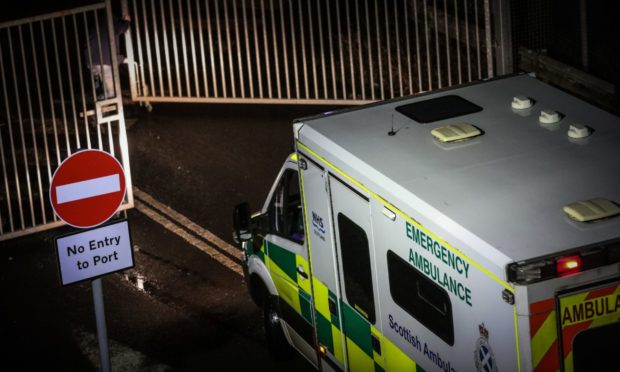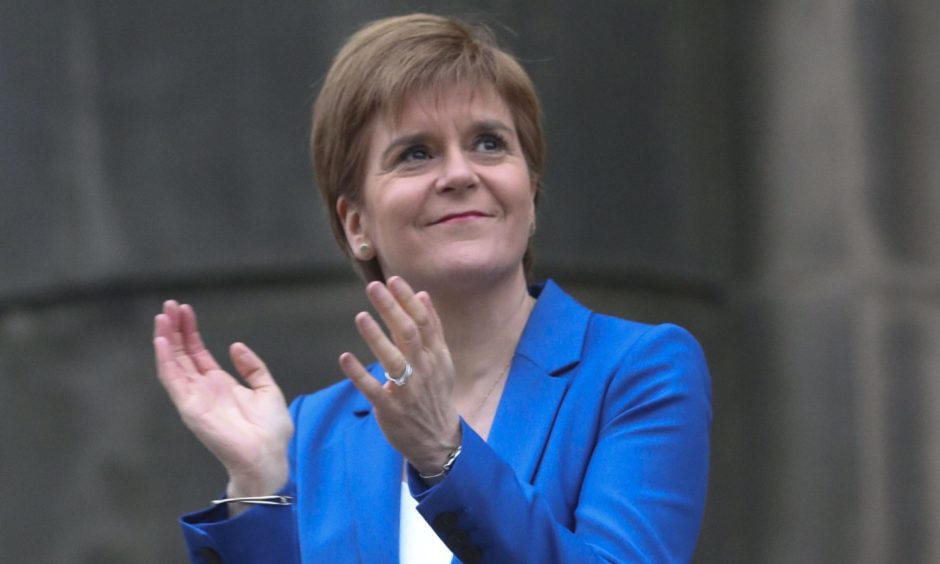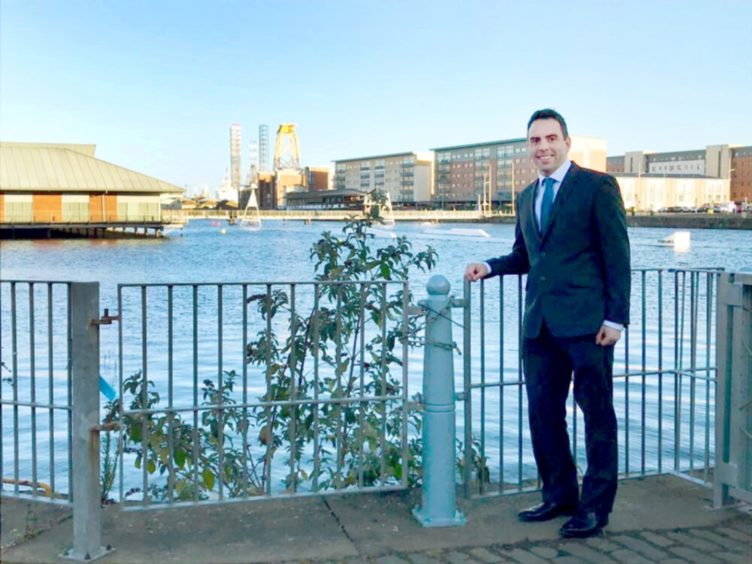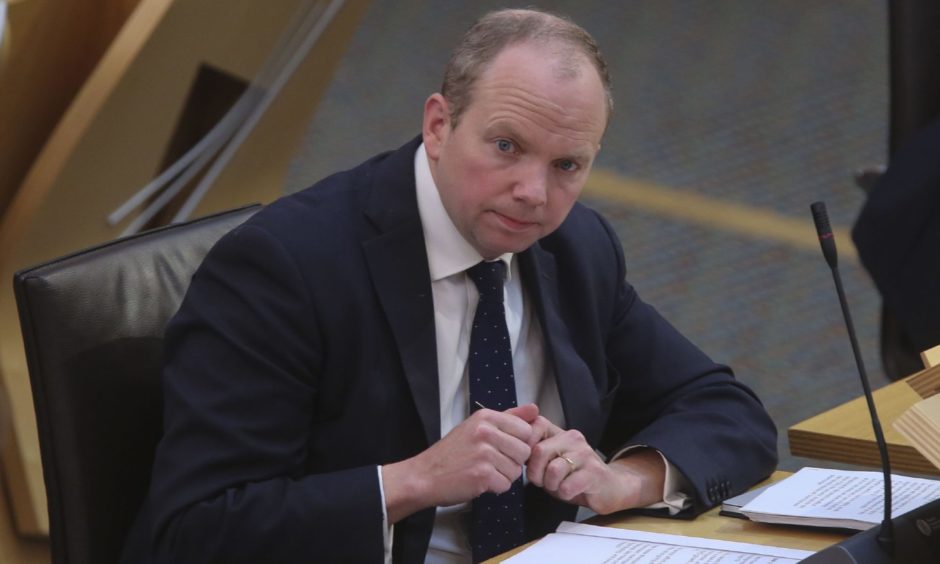More than 11,000 ambulances have been dispatched with a single crew member on board over the past five years, despite repeated assurances the practice would only be used in “exceptional circumstances”.
Official figures obtained via freedom of information legislation show year-on-year increases in “single crewing” from 2017 until last year, when the practice temporarily dropped off coinciding with the coronavirus pandemic.
A total of 11,174 ambulances were sent out with a single crew member in Scotland between 2016/17 and 2019/20 – the last full year figures are available for – and during the period, numbers increased nearly 39%, from 2,204 to 3,062.
The Scottish Ambulance Service confirmed its east central division, which covers Tayside and Fife, saw instances of paramedics being sent out on their own increase by more than 87%, from 294 times to 552, between 2017/18 and 2019/20.
Meanwhile, in its north division – covering the Highlands, Grampian, the Western and Northern Isles – usage rose from 1,012 in 2017/18 to 1,306 in 2018/19.
The following year the figure dropped back down to 1,041 but it appears this was significantly impacted by the early months of the pandemic, with single-person crews experiencing a more than 79% drop into the first quarter of 2020.
Wait could be ‘critical’
The issue of single crewing was highlighted again in November after care home manager Pam Anderson died on her way to hospital in Aberdeen.
It emerged the 74-year-old had to wait 40 minutes for a two-person crew from Tomintoul to transport her for treatment, as the first ambulance to arrive had only one crew member so was not allowed to take her.
Mrs Anderson’s case is the latest in a number of incidents where single-person crews have been sent out in Braemar, despite assurances when the local service was withdrawn in 2007 that a two-person ambulance would always be available.
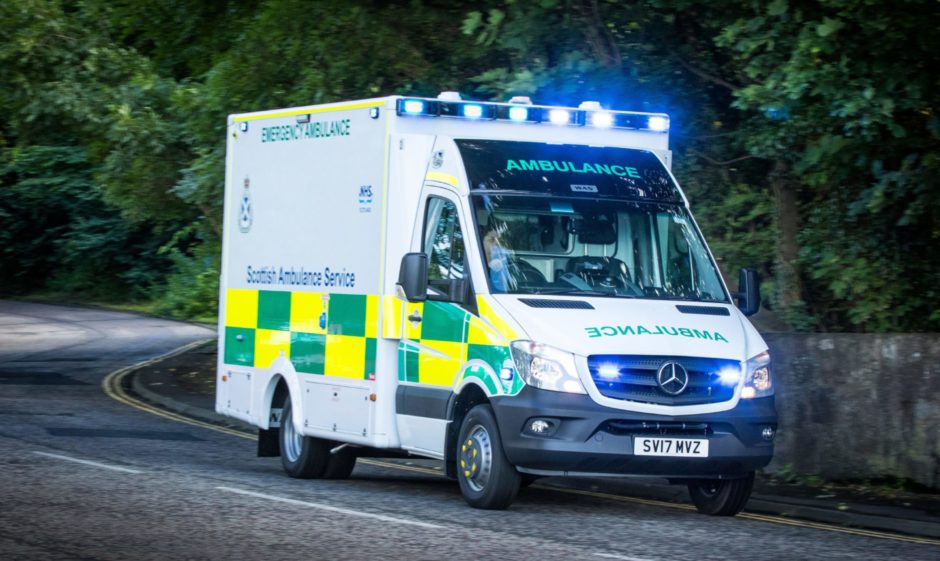
Local GP Donald Cruickshank, who helped Mrs Anderson, warned that in rural communities such as Braemar – which is around an hour and a half from Aberdeen – being forced to wait for another crew could be “critical”.
The Scottish Ambulance Service said it does not routinely roster staff to be on their own in a double-crewed vehicle and while every effort is made to double crew shifts, there are occasions where this is not possible due to short notice, unplanned staff absence.
It stressed that on call outs single crew staff members are “tasked appropriately and backed up as necessary”.
Nicola Sturgeon’s pledge
First minister Nicola Sturgeon warned against single-crew call-outs while she was health secretary more than a decade ago and promised “action to eliminate rostered single-manning” would be taken.
She said at the time: “The policy of the Scottish Government is clear – traditional accident and emergency ambulances should be double-crewed, with at least one member being a paramedic, unless in exceptional circumstances.”
Speaking in 2018, the year before the highest annual dispatch of single-person crews over the past five years, then-health secretary Shona Robison also pledged to “work closely” with the ambulance service to reduce the practice.
Not enough being done
Scottish Conservative MSP Maurice Golden said not enough has been done to support emergency services and warned too many ambulances are being sent out with a single crew member.
“Before the pandemic, hundreds of responders were going out alone to emergencies in the north and north east every year – that’s too many,” he said.
“I have full confidence paramedics were working safely but this practice should have ended long ago.
“Nicola Sturgeon said single-crewing was an unacceptable situation when she was health secretary 13 years ago. Since then, the SNP have done nothing to bolster our emergency services.
“It shouldn’t have taken a pandemic for critical responders to get the resources they need to save lives.”
The Scottish Ambulance Service said that of the 670,000 shifts across the five-year period in question, 1.7% of these were single crewed.
A spokesman added: “Over the last year, single crewing numbers have been reducing and we are continuing to invest in new ambulance staff, new ambulances and the latest equipment as we develop and grow our workforce at pace to respond to the demand for our services.”
‘Dismay’ at snub for air ambulance crew
The Scottish Government has also come in for criticism after it emerged that a £500 bonus for NHS workers will not be paid to air ambulance crew.
The decision was confirmed by the Scottish Government’s deputy director for health workforce pay, practice and partnership – on behalf of health secretary Jeane Freeman – following a query from Highlands and Islands MSP Donald Cameron.
Mr Cameron said: ”There will be widespread dismay at this decision across the Highlands and Islands, where the Air Ambulance Service is regarded as an integral part of the healthcare team, and whose crew members are literally lifesavers when there are medical emergencies in our remote communities.
“These crews have been on the Covid frontline during the pandemic, with the responsibility of taking seriously ill people from home to hospital in often very challenging circumstances.
“Frankly, if the Scottish Government has the flexibility to pay independent contractors like GPs and pharmacists the bonus, they must surely be able to find a way to make the payment to these crew members.
“This decision must be revisited, and I will continue to press SNP ministers to reconsider.”
The Scottish Government was approached for comment.
